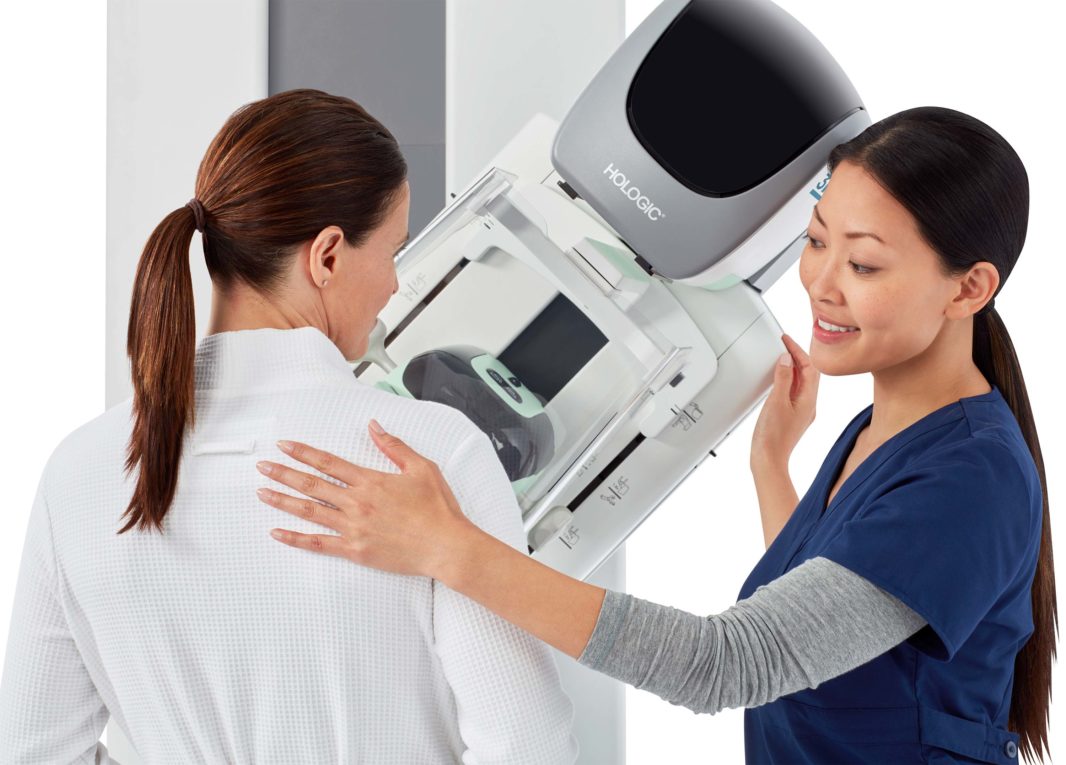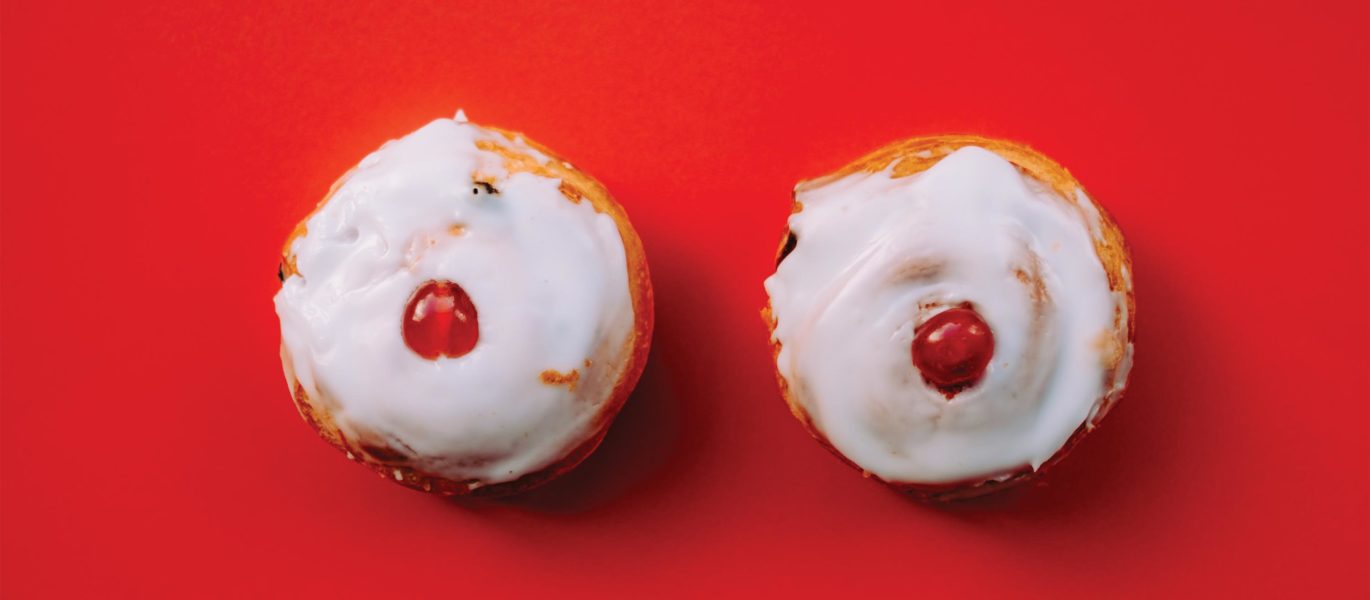In the past 20 years, the medical community has made several advances in the detection and treatment of breast cancer.
The death rate has plummeted 40 percent. And, the five-year survival rate has soared to almost 90 percent, according to the National Cancer Institute.
Still, women in this country have a roughly 13 percent lifetime risk of developing the disease.
Mammograms are the screening test for breast cancer and often find cancer in its early stages, when treatment is more successful. Digital tests provide images that are recorded and saved in a computer. These have largely replaced low-dose x-rays.
A newer type of digital mammogram is called tomosynthesis (3D). These provide a clearer picture with improved clarity, which reduces the chance of false positives. It also makes it easier to catch more cancers, particularly in women with dense breast tissue.
And, yet, there still remains confusion about screening guidelines.
Part of the confusion stems from recommendations published by the U.S. Preventive Services Task Force, which recommends initiation of screening every two years at age 50 instead of 40, and termination of screening at 74.
The American Cancer Society has a different take. It contends that women should still be able to start yearly screening at 40. It also recommends continuing to screen as long as a woman is in good health and has the likelihood of living another 10 years.
Despite these statistics, some women still shy away from mammograms, largely because of unsubstantiated myths. Here, we’ve debunked five of the most common.

IMAGE PROVIDED COURTESY OF HOLOGIC, INC. AND AFFILIATES
3D technology makes getting a mammogram a breeze
Myth 1: I don’t need a mammogram, because breast cancer doesn’t run in my family.
Fact: “Most women diagnosed with breast cancer do not have any family history of breast cancer,” explains Dr. Laura Dominici, a surgeon at Dana-Farber Cancer Institute. Only about 10 percent of breast cancers are attributed to genetic mutations.
Myth 2: Mammograms expose me to too much radiation.
Fact: Mammograms use a very small amount of radiation ─ about as much as a chest x-ray. In actuality, we are exposed to radiation regularly, says Dr. Naomi Ko, an oncologist at Boston Medical Center. “For example, the amount of radiation exposure in a mammogram is the same as [that from] the natural environment for seven weeks.”
Myth 3: Mammograms don’t help, because they’re inaccurate.
Fact: Mammograms are not perfect, admits Ko, but remain the best screening tool available. It is estimated that the sensitivity or accuracy rate of mammography is 87 percent. This means that the test accurately identifies roughly 87 percent of women who do have breast cancer.
Myth 4: Since my mammogram was negative this year, I don’t need another one next year.
Fact: Not so fast, according to Dominici. “Just because nothing was seen on a mammogram this year does not mean that the mammogram may be normal the following year. Having mammograms every year increases the likelihood that a cancer will be found as early as possible.”
Myth 5: The harm of mammograms outweighs the benefit.
Fact: The risks and benefits are not the same for all women. Women should talk to their doctors to make decisions about mammograms that are right for them, explains Dominici.
The American Cancer Society contends that the balance of benefits to possible harms strongly supports the value of regular breast cancer screening in women for whom it is recommended.



 2 min read
2 min read



